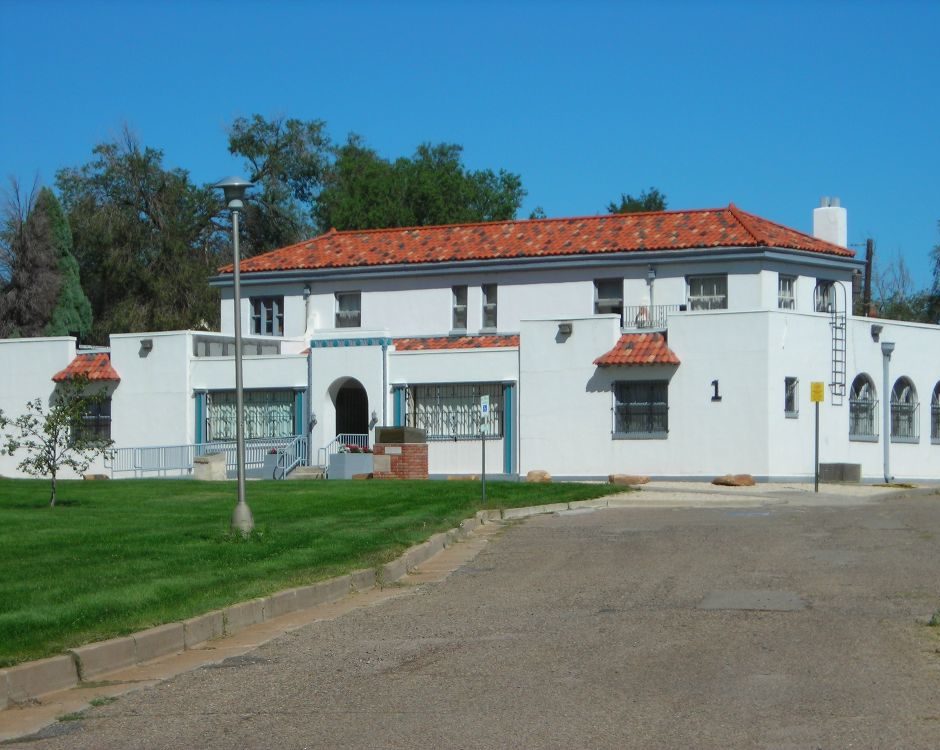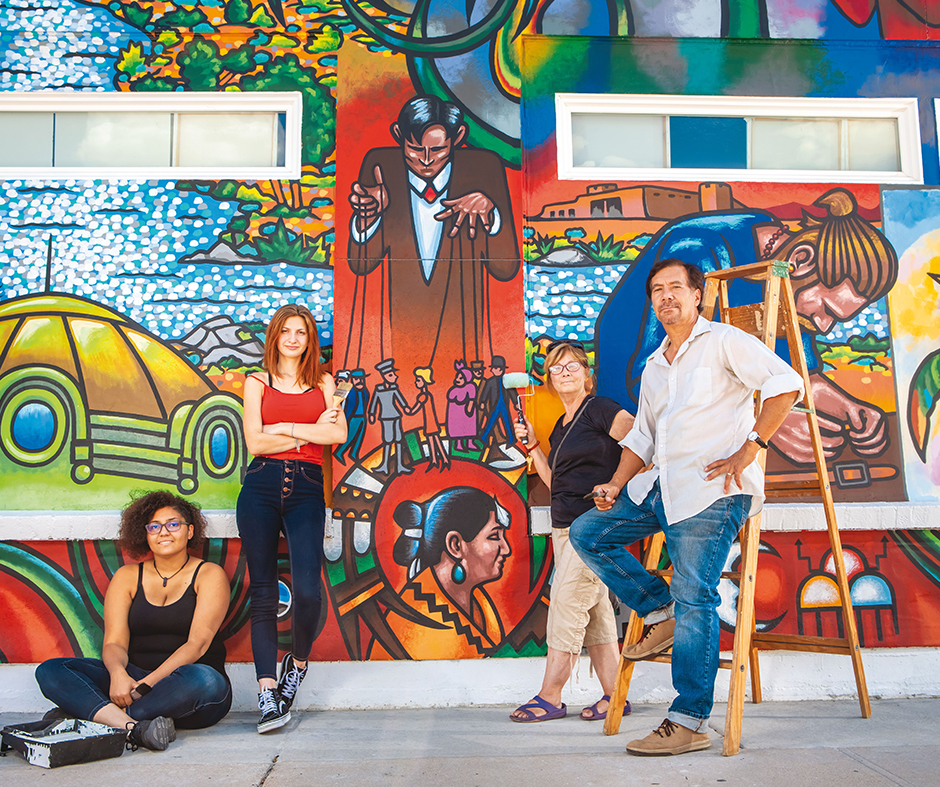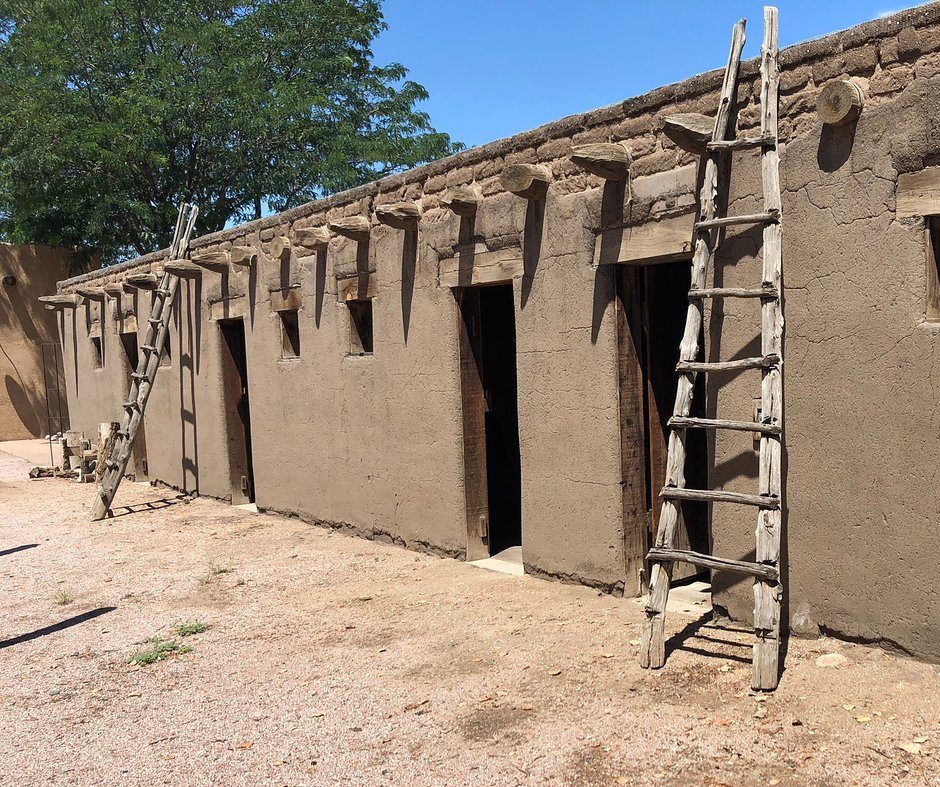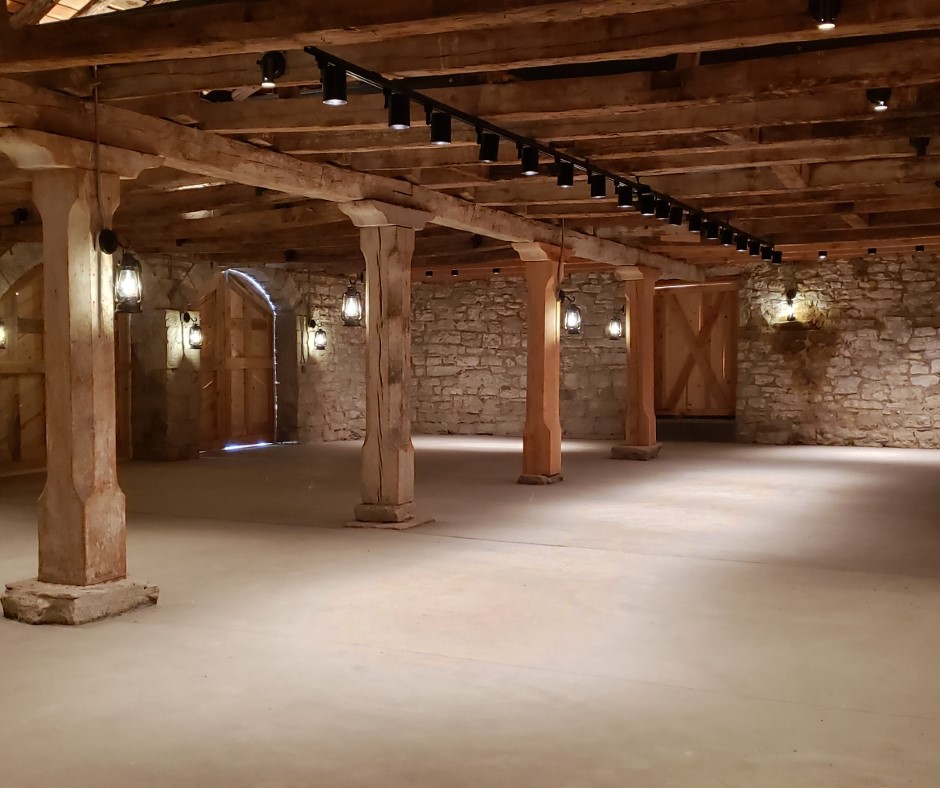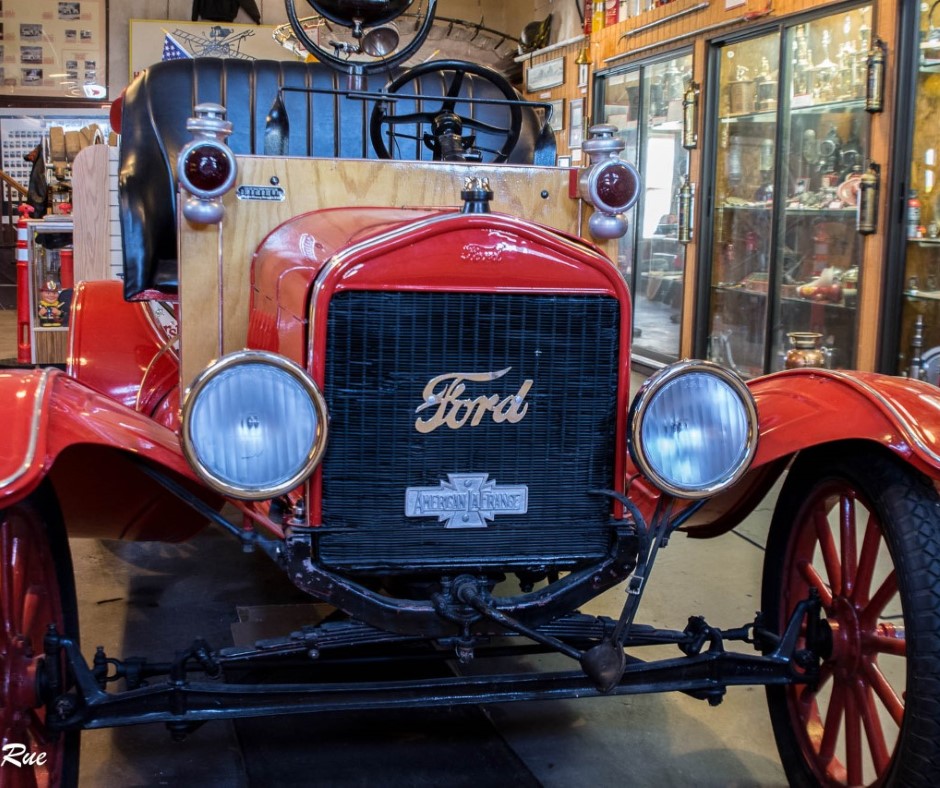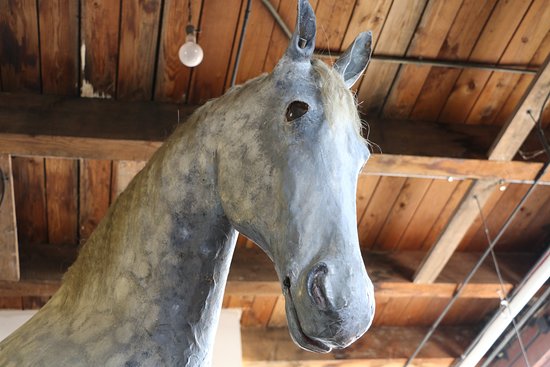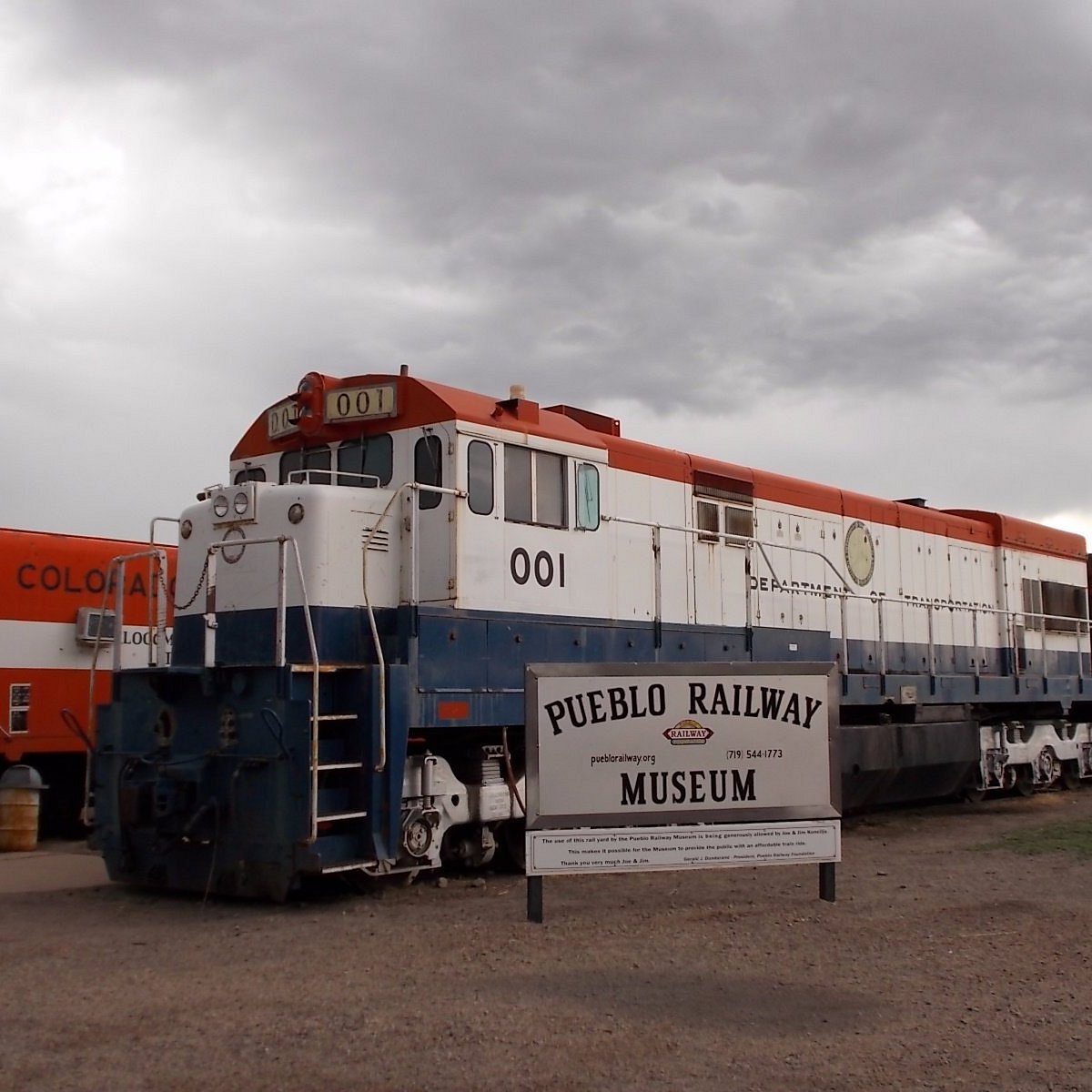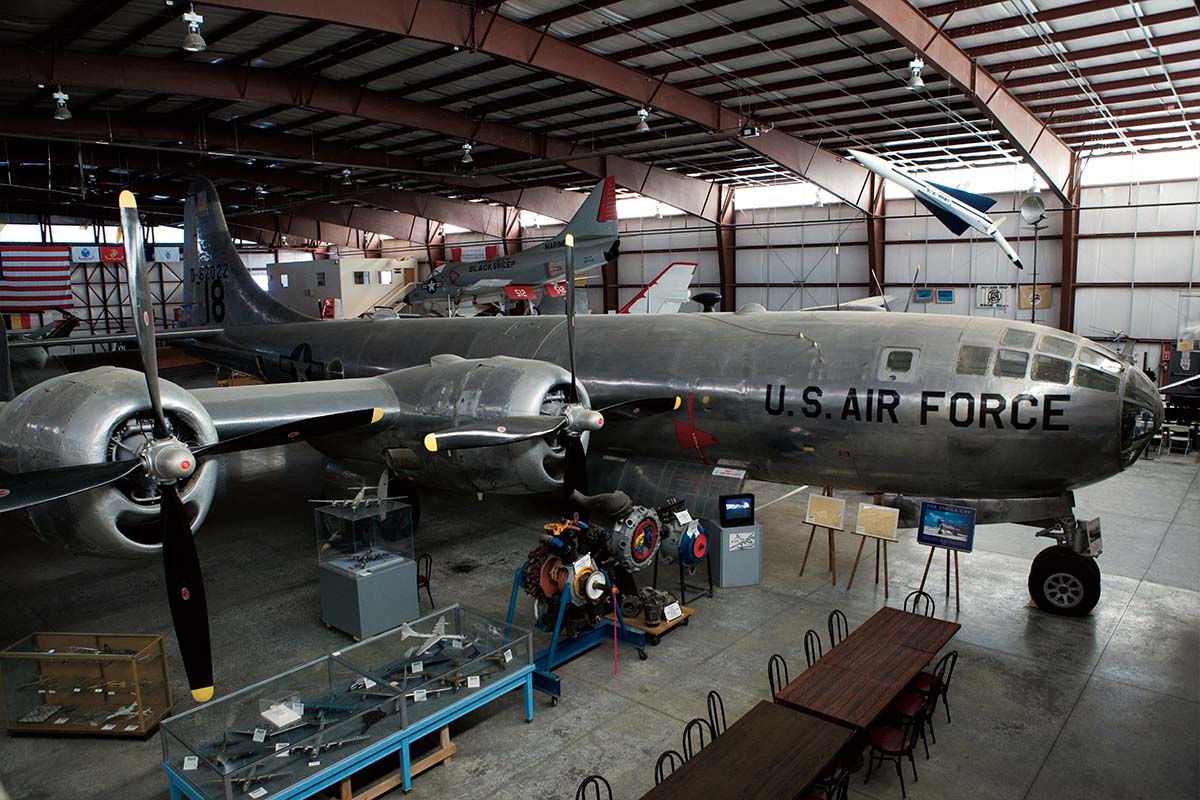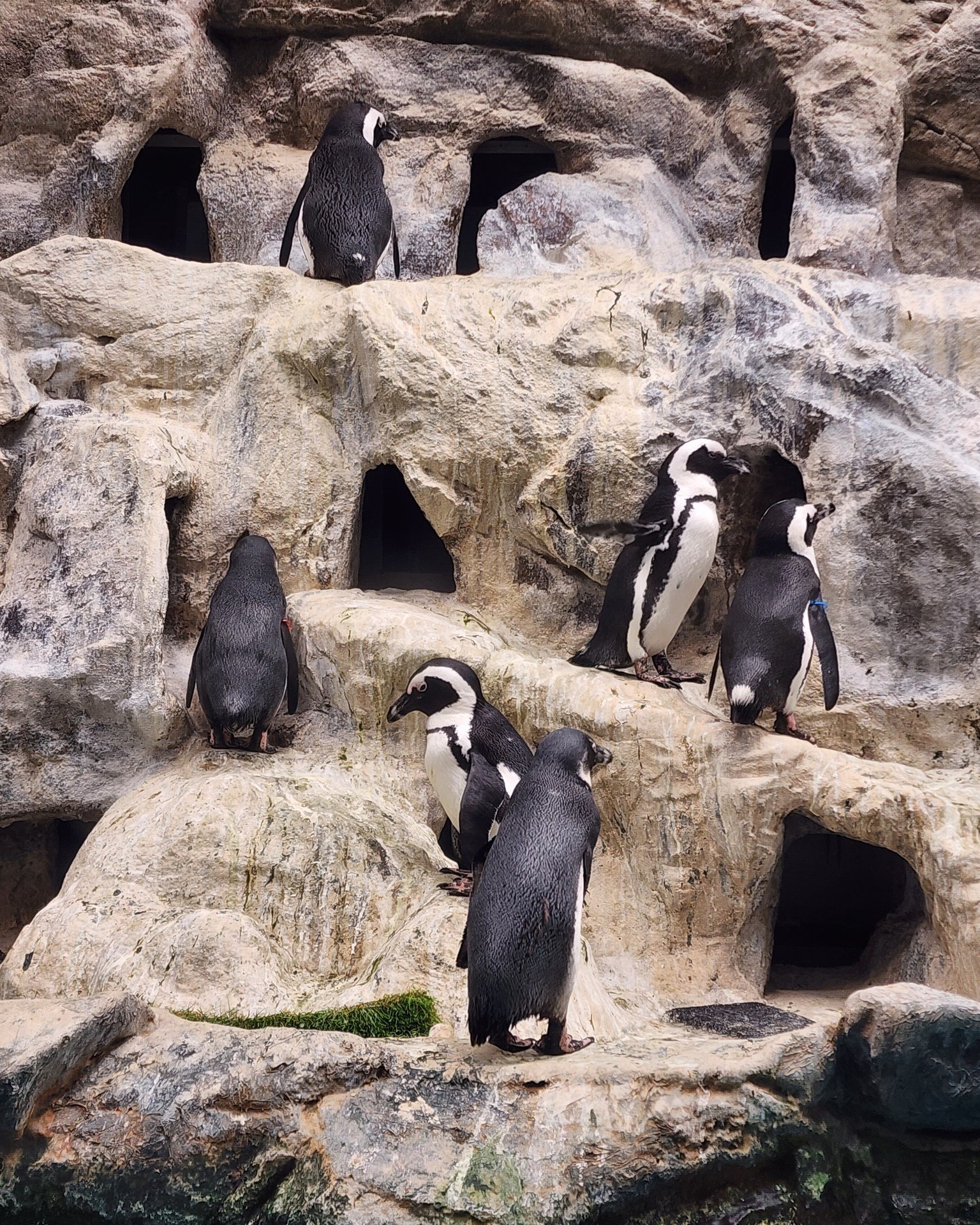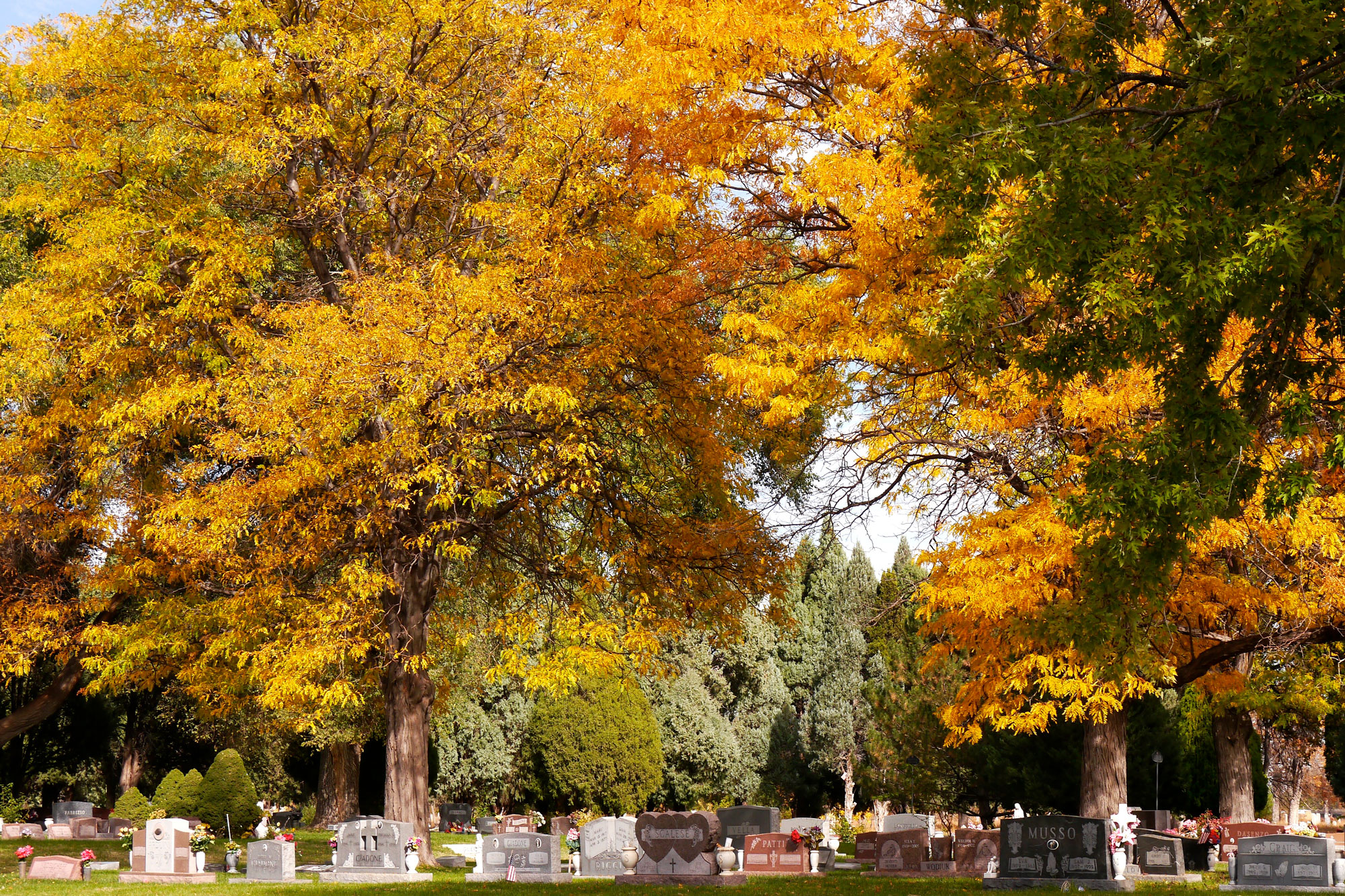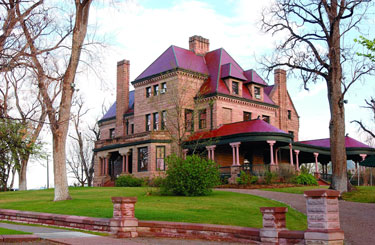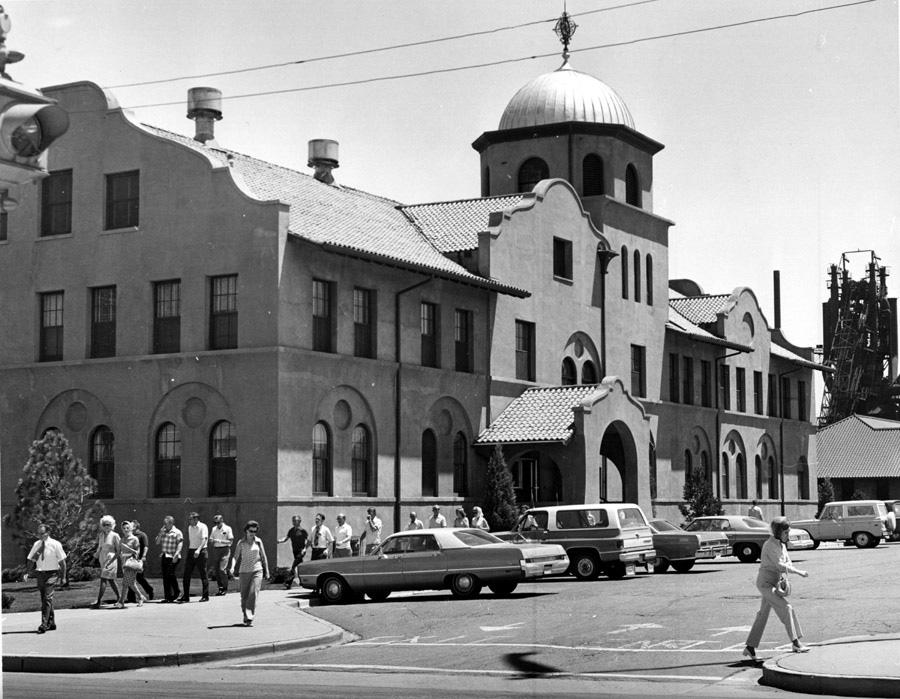Pueblo's Early Years
Prior to its development as an American trading post and city, the Pueblo area was frequented by Apache, Arapaho, Cheyenne, Comanche, Kiowa, Pawnee, and Ute people. The Spanish first assumed control over the land where Pueblo sits in 1521, but little occupation or settlement occurred until after Mexican independence in 1821. The international border between the United States and Mexico was initially the Arkansas River, which ran right through the area of present Pueblo. Trade with Mexico made Pueblo a hub of economic activity, best symbolized by the establishment of El Pueblo, a trading post, in 1842. The post was largely abandoned after attacks by Utes and Apaches in 1854.
The Colorado Gold Rush of 1858–59 and the people it brought to the area led to the platting of Pueblo and the neighboring community of Fountain City in 1860. Pueblo became the namesake of Pueblo County, organized as one of the original seventeen counties in Colorado Territory, which Congress established in 1861. The name “Pueblo” came from the name of the old trading post. The town was first platted in 1860 and replatted in 1870 following its organization in 1870.
The first driver of economic growth in Pueblo was the arrival of the railroad. William Jackson Palmer brought the Denver & Rio Grande Railroad to Pueblo in 1872, thereby connecting the city to the rest of the rapidly developing Front Range. Palmer hoped to extend the railroad all the way to Mexico; he even named the streets in South Pueblo after small towns in Mexico to emphasize that connection.
Pueblo officially became a city in 1873, when the census showed its population had topped 3,000. While Pueblo never rivaled Denver in size, it did compete with the capital in economic importance because of its proximity to the coal fields south of town.
The Denver & Rio Grande was an important force behind Pueblo’s industrial growth and eventual consolidation. Coal from the hinterlands of southern Colorado came through town on the railroad. When the Atchison, Topeka & Santa Fe Railroad reached Pueblo in 1876, regional agricultural products also began to move through town. Starting in the 1880s, smelters in Pueblo began to process ores mined in Leadville. With railroads and smelters linking it to productive mines and markets, Pueblo grew into an important industrial center during the late nineteenth century.
The opening of the steel mill in 1882 made it possible for Pueblo to become the city it is today. Making steel requires iron ore, limestone, and energy. William Jackson Palmer picked Pueblo as the site of the Colorado Coal & Iron Company (later renamed Colorado Fuel & Iron) because of its proximity to coal, limestone, and the Denver & Rio Grande Railroad. The original purpose of the steelworks was to manufacture rails for Palmer’s railroad. For most of its history, Pueblo’s coal operations were far bigger than its steel business, but the city reaped enormous economic and cultural benefits from both. Immigrants and domestic migrants flocked to Pueblo to work in the mill, making it one of Colorado’s most diverse cities. Irish, Italians, Germans, Slovenians, Serbs, Croats, Greeks, and Mexicans all worked and made homes there.
Source: https://coloradoencyclopedia.org/article/pueblo-0

